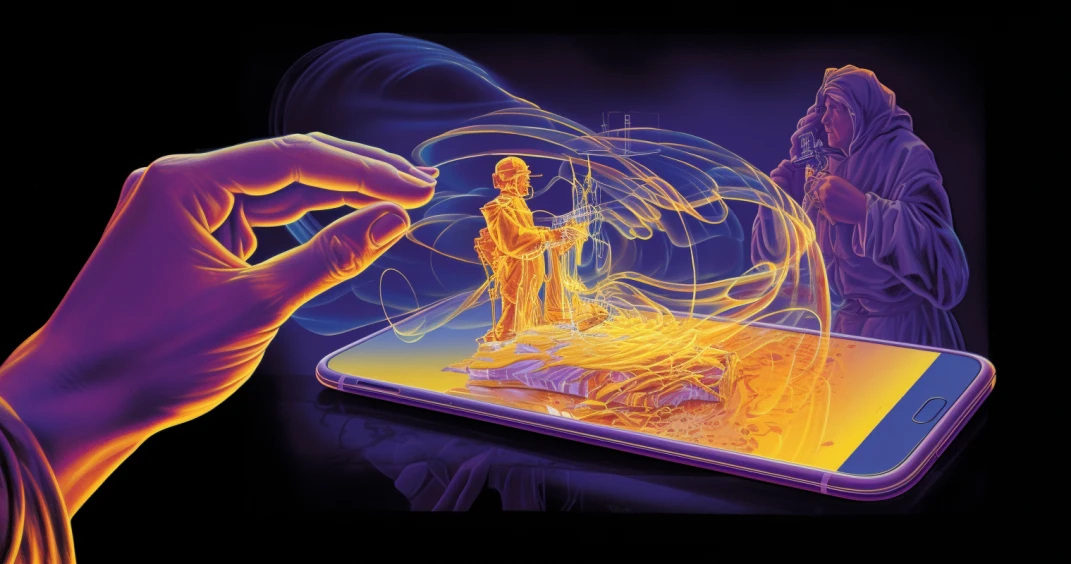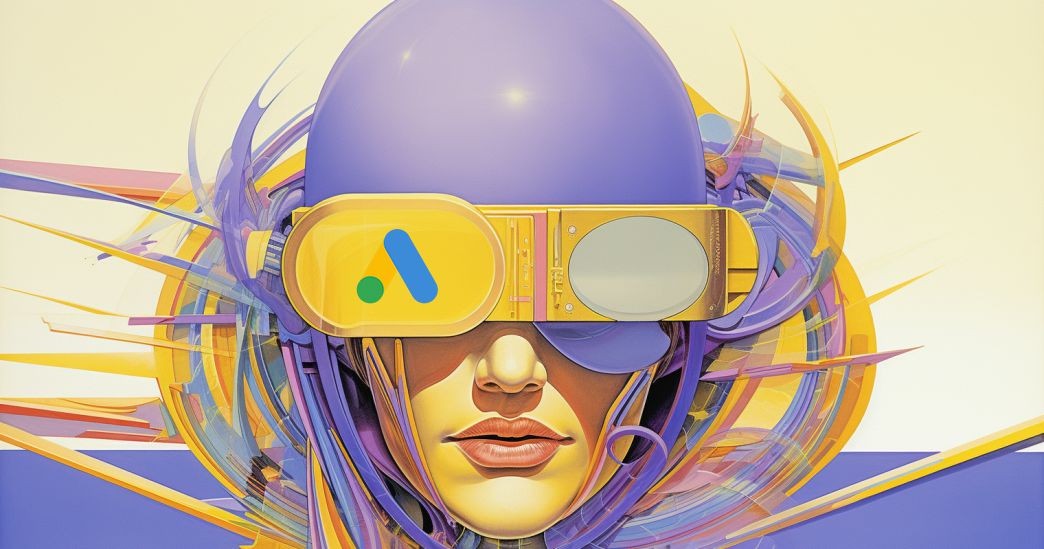Learn what is an advertisement, or ad, in marketing and the main types of ads. We’ve also included successful advertisement examples from popular brands.
What is an Advertisement – Definition in Marketing
Simply put, an advertisement is a tool used in marketing and advertising to promote or sell a product, service, or idea. It allows brands to get the word out to potential customers.
But there’s more to it than just getting attention.
Advertisements are created to communicate messages, arouse curiosity, and create a lasting impression. They’re designed to influence and persuade.
When done right, they’re not just a sales pitch – they’re a blend of art and science that connects with people on various levels.
What Is the Purpose of an Advertisement?
So, why do companies invest time and money into creating advertisements?
The primary purpose is visibility.
Advertisements help a product or service gain exposure to potential customers. This visibility is crucial in today’s competitive market, where capturing and maintaining consumer attention is a challenge.
Another key purpose is branding.
Advertisements contribute to building and maintaining a brand’s identity and reputation. Through consistent and creative messaging, a brand can establish a connection with its target audience, and shape how they perceive and interact with it.
What Are Good Advertisements?
Good advertisements stand out – they’re memorable, engaging, and most importantly, effective. They connect with their audience by understanding their needs, desires, and pain points.
Ads tell a story, evoke emotions, or solve problems.
An effective advertisement is also clear and concise.
It delivers its message without overwhelming or confusing the audience. It strikes a balance between creativity and clarity so that the core message is never lost in the creative elements, unlike subliminal advertising.
Advertisement Types and Functions
When you hear the term advertisement, what comes to mind?
You might think of those catchy jingles on the radio, eye-catching billboards, or even the ads that pop up in your favorite mobile games.
All of these are different types of ads.
Each advertisement type serves a unique function and targets consumers in different ways.
Let’s explore some of the most prominent types.

1. Traditional Ads
These are the ads that have been around for decades, way before the era of digital advertising. Think print ads in newspapers and magazines, billboard advertisements towering over highways, broadcast ads on TV and radio, and even physical mail that lands in your mailbox.
They have a fairly broad reach and are particularly effective for local audiences. However, digital ads are much more popular nowadays and are more cost-effective.

2. Display Ads
You’ve seen these ads on websites – banners, sidebars, and pop-ups. Display ads are digital billboards.
They’re versatile and allow for creative visuals. And most importantly, display ads can be targeted to specific demographics, which makes them a staple in digital marketing.
3. Social Media Ads
Social media platforms are a goldmine for advertisers. These ads are seamlessly integrated into the user’s social feed and are highly targeted based on user behavior and preferences. They’re ideal for engaging with all types of audiences, from a younger, tech-savvy audience to older generations.
4. Video Ads
These are ads in video format, found on platforms like Facebook, YouTube, Instagram, and TikTok or embedded in other digital content. They can be highly engaging, more so than static image ads.
Video ads allow marketers to tell stories and showcase products in dynamic ways.

5. Search Engine Ads
Search engine ads appear alongside search engine results, like the one you see on Google. They’re effective because they reach people already looking for something related.
This type of advertising is crucial for driving web traffic and sales.

6. Email Ads
Despite being one of the older digital marketing strategies, email advertising remains highly effective. These ads reach consumers directly in their inboxes and allow for personalized communication.
7. Native Ads
Native ads blend in with the content of the platform they’re on, which makes them less intrusive. Because they match the look, feel, and function of the media format where they appear, they often have higher engagement rates.

8. Mobile App Ads
Mobile ads are crucial for both advertising mobile apps and games to get more users and monetizing them. These include various ad formats – banner ads, interstitial ads that appear between game levels, playable ads offering a snippet of gameplay, and rewarded ads that offer incentives for watching.
They’re designed to enhance user experience while effectively promoting products or services.
9. Influencer Ads
Influencer marketing involves endorsements from influencers and content creators. These types of advertisements leverage the trust and following of these influencers to promote products in a more organic and relatable way.
10. Retargeting Ads
Retargeting ads are shown to users who have previously interacted with a brand or product but didn’t make a purchase. These ads serve as reminders and often lead to higher conversion rates, as they target individuals already interested in the product.
What Are Some Examples of Advertisements?
Here are digital advertisement examples from two popular brands – Dove and Walmart. They showcase different approaches to creating advertisements, both of which are very effective.

Dove’s Detox Your Feed Ad Campaign
Dove’s Detox Your Feed ad campaign was a part of the company’s ongoing commitment to promoting positive body image and self-esteem. It involved a series of video ads, social media content, and innovative billboards that highlighted the unrealistic beauty standards often perpetuated online.
One memorable advertisement from this campaign was a billboard made entirely of syringes, displayed in a Toronto mall. It confronted the issue of toxic beauty standards head-on.
The ad copy accompanying the billboard highlighted the troubling statistic that over 50,000 cosmetic injectable procedures were performed on teenagers in the past year.
This advertisement was impactful because it directly addressed a prevalent issue in the digital age and solidified Dove’s long-standing reputation as a brand committed to real beauty and authenticity. As you might guess, it was created by Ogilvly, a leading advertising agency.

Walmart’s Black Friday Mean Girl Advertisements
Walmart’s Black Friday campaign in 2023 featured a creative reunion of the cast from the 2004 hit movie Mean Girls.
The campaign included a series of commercials starring Lindsay Lohan, Amanda Seyfried, and Lacey Chabert, who repeated their roles from the movie.
These advertisements aimed to capitalize on the nostalgia of the movie, especially among Millennials who are a key demographic for holiday shopping.
The commercials humorously portrayed the characters as they are now, grown up and navigating the world of parenting and shopping, thus connecting with the audience’s current life stage.
This ad campaign was very successful because it’s a clever blend of nostalgia and modern consumer culture.
Final Thoughts on Advertisements
As we’ve learned in this article, the key to successful ad campaigns lies in a blend of creativity, strategic insight, and a deep understanding of audience needs.
At Udonis, we bring these elements to every campaign we create. While we specialize in mobile game marketing, our expertise extends across various mobile marketing sectors.
As a full-service advertising agency, our creative production and media buying teams are dedicated to creating advertisements that capture attention and achieve tangible results.







Comments